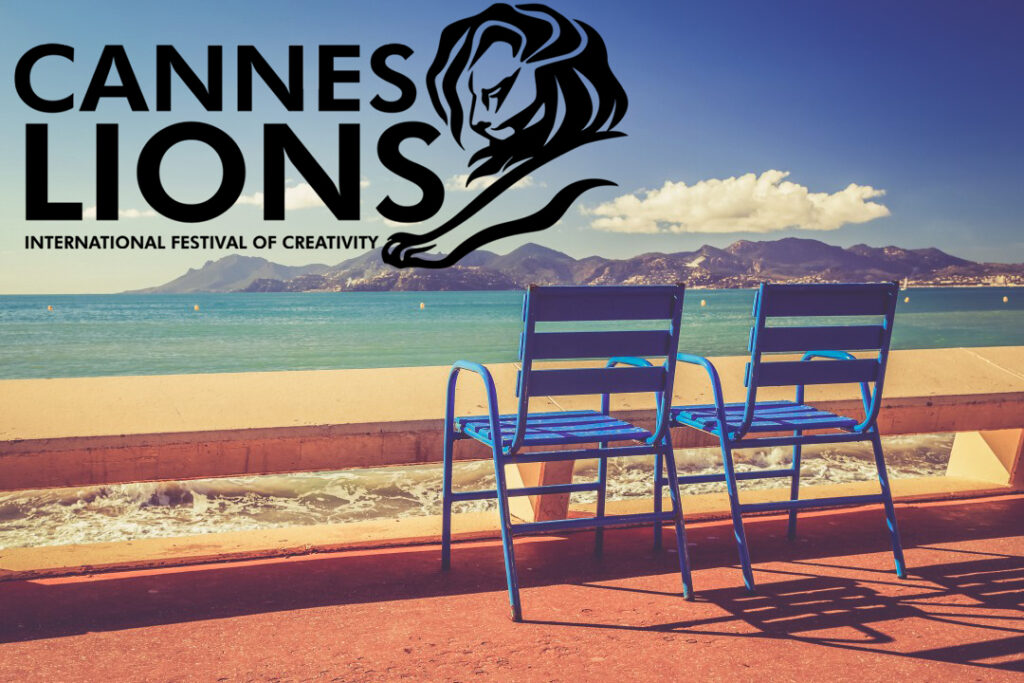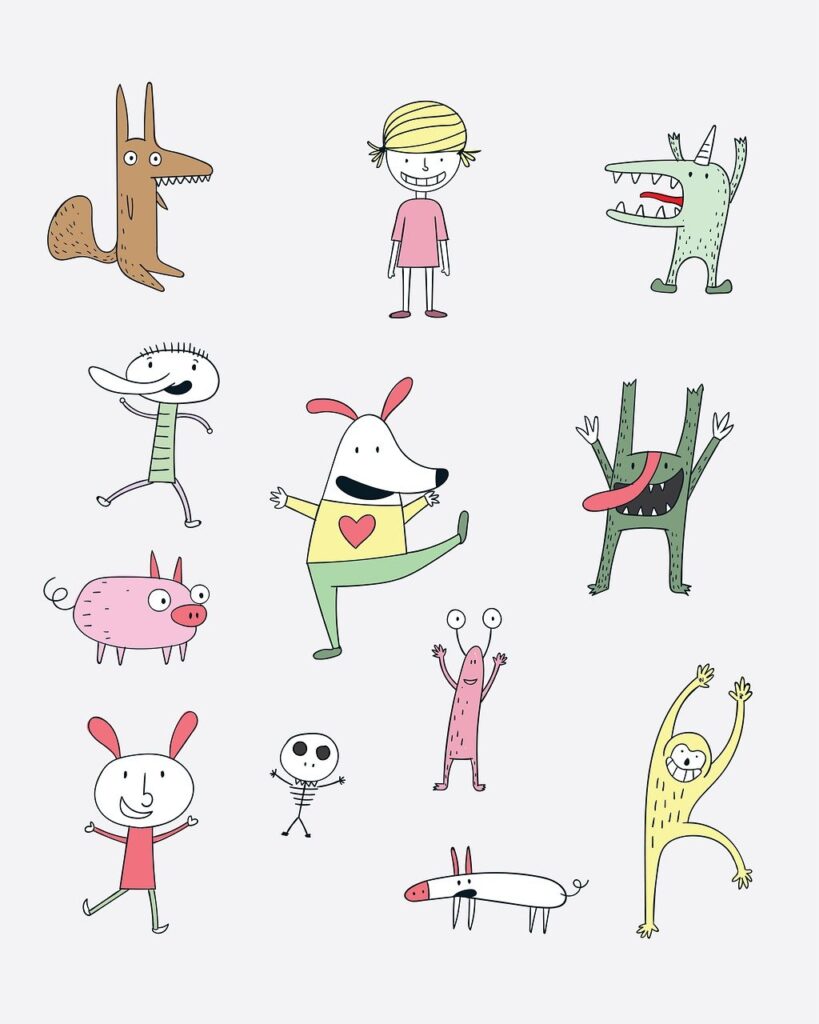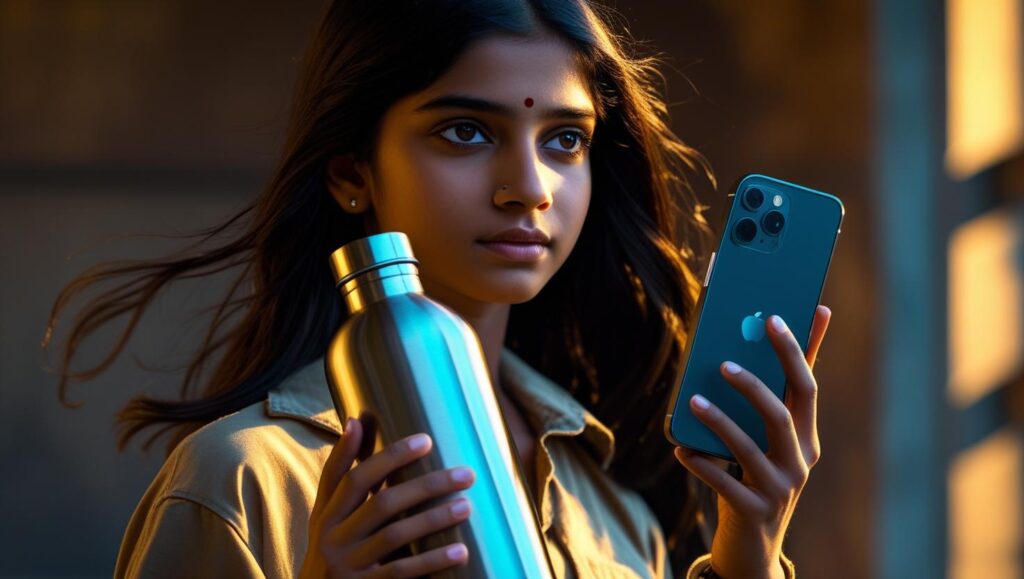Your Digital Jeeves Has Arrived: How AI is Revolutionising Product Development and Making Everyone Rather More Capable
The product development landscape of 2025 bears a striking resemblance to the relationship between Bertie Wooster and his incomparable valet, Jeeves. Rather like how Jeeves anticipates needs before they’re articulated, AI is transforming product development with diplomatic precision—62% of UX designers already use AI to supercharge their workflows whilst 87% of developers now use AI-assisted tools in their daily work. These professionals aren’t being replaced; they’re being elevated. Replit Agent transforms weeks of coding into minutes, generating full-stack applications from single conversational prompts, whilst platforms like Uizard turn sketches into responsive designs within seconds. It’s the perfect embodiment of the Jeevesian ideal: supremely capable assistance that never makes one feel diminished, democratising software creation for everyone from Sarah in accounting to seasoned engineers.









